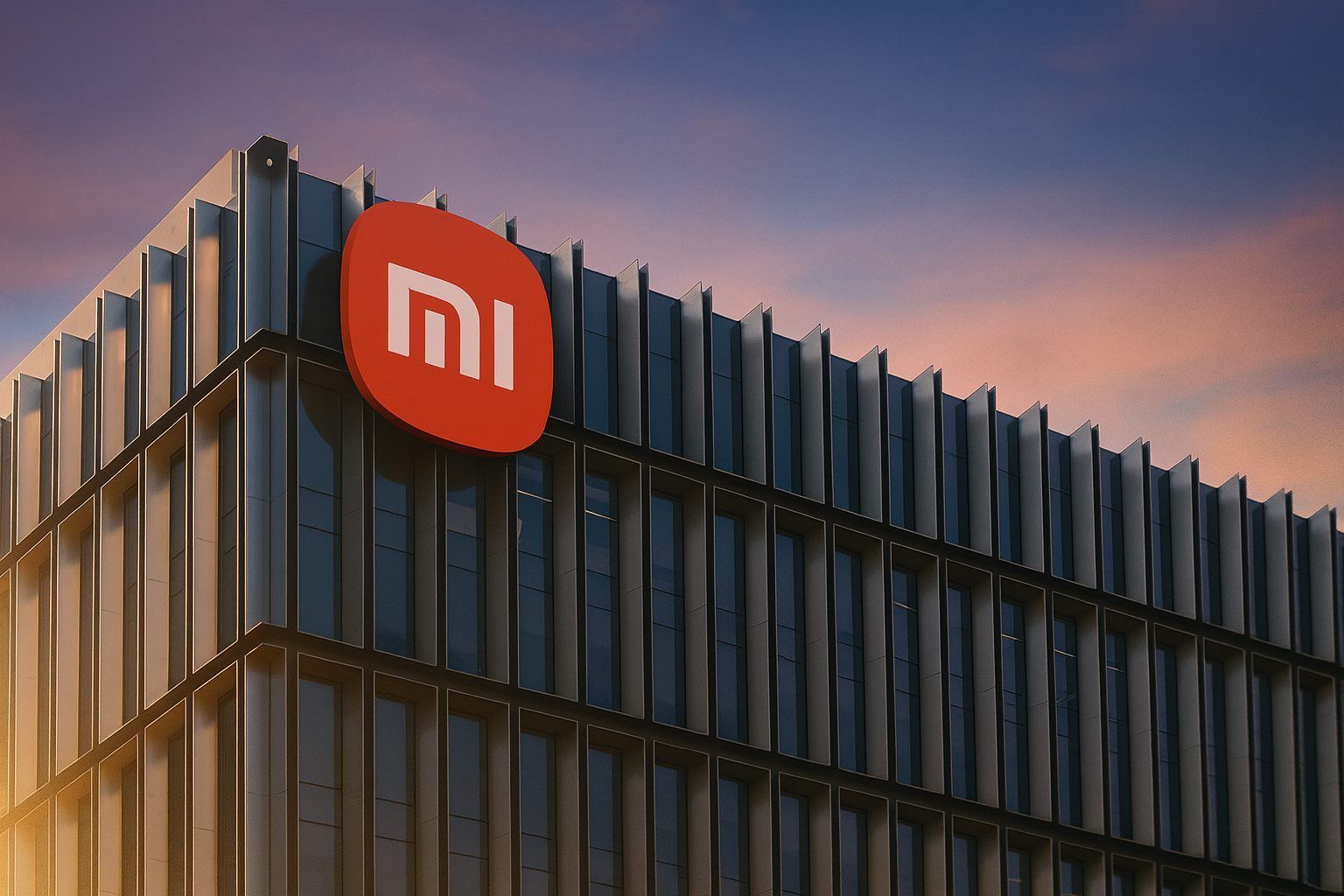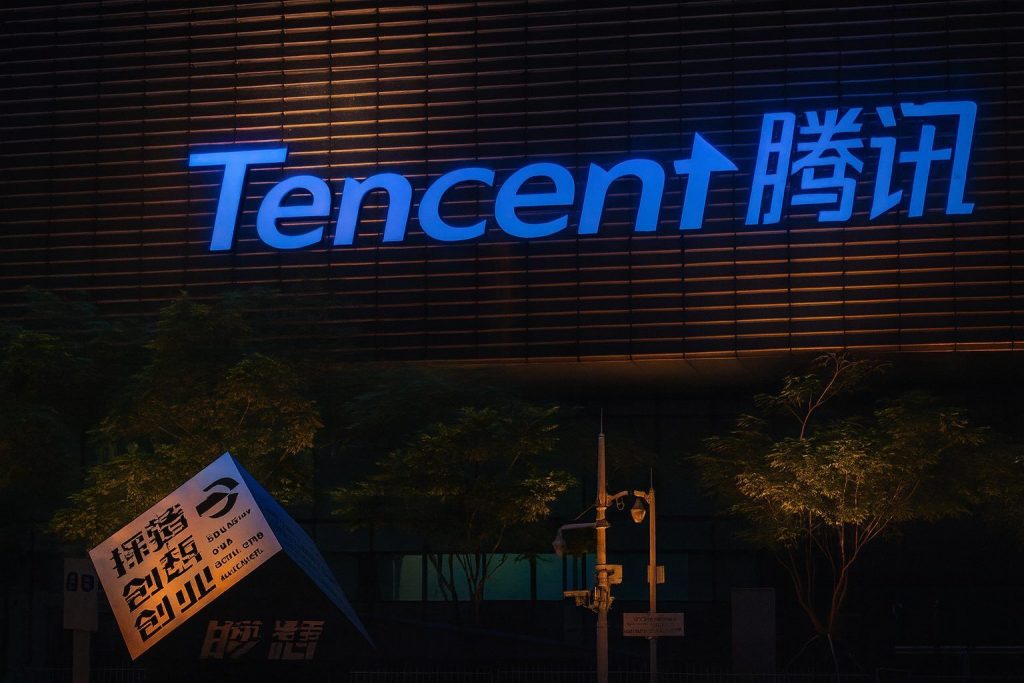Published: November 27, 2025
Xiaomi Corporation’s Class B shares (HKEX: 1810, XIAOMI‑W) are trading firmly higher today, supported by fresh buybacks, a new Thai derivative warrant, strong electric‑vehicle (EV) growth and a broadly positive mood in Hong Kong tech stocks.
Xiaomi share price today: what’s happening on 27 November 2025?
By late morning in Hong Kong on Thursday, Xiaomi stock is trading around HK$41–41.2, up roughly 2.5–3% from yesterday’s close of HK$40.10. Intraday, the shares have traded between HK$40.22 and HK$41.48, with turnover already near HK$3.2 billion and volume around 79 million shares. [1]
That leaves Xiaomi:
- Well above its 52‑week low near HK$26.8 (hit on November 27, 2024) [2]
- Still below its all‑time high of HK$61.45, set on June 27, 2025 after blockbuster demand for its YU7 electric SUV. [3]
At current levels, Xiaomi’s market capitalisation is roughly HK$1.07 trillion, equivalent to around US$135–140 billion at recent exchange rates. [4]
Today’s move comes as the Hang Seng Index and Hang Seng Tech Index climb about 0.4% and 0.7%, respectively, with investors betting on a potential US Federal Reserve rate cut next month. Within that rebound, Xiaomi is one of the notable gainers, “adding about 2.8% to HK$41.24” by 10:21 a.m. local time. [5]
Today’s Xiaomi news: key developments on 27 November 2025
1. New Thai call warrant on Xiaomi starts trading today
The most directly date‑stamped Xiaomi development for November 27, 2025 is in Thailand, where a new derivative warrant linked to the stock began trading.
The Stock Exchange of Thailand (SET) has listed XIAOMI41C2605A, a European‑style call warrant on Xiaomi shares, issued by JPMorgan Securities (Thailand) Limited. [6]
Key details:
- First trading day:27 November 2025
- Underlying: Xiaomi Corporation (1810.HK)
- Issue size: 80,000,000 warrants
- Issue price: 1.00 Thai baht per warrant
- Exercise ratio: 50 warrants per 1 Xiaomi share
- Strike price:HK$50.00
- Last trading date: 28 May 2026
- Maturity date: 4 June 2026 [7]
This listing gives Thai investors a leveraged way to trade Xiaomi’s Hong Kong‑listed shares, potentially broadening the stock’s international derivatives footprint and boosting liquidity in the underlying over time.
2. Donation and community support after deadly Hong Kong fire
Late on Wednesday US time (early Thursday in Asia), Xiaomi attracted attention with a HK$10 million charitable donation to support relief efforts following the tragic apartment fire at Wang Fuk Court in Tai Po, Hong Kong.
According to financial news outlets, Xiaomi Foundation Limited in Hong Kong is providing the funds for medical aid, emergency housing and transitional living assistance for affected residents. [8]
While donations don’t change valuation models directly, such moves reinforce Xiaomi’s brand and social‑responsibility image in one of its key markets. For long‑term holders, that’s part of the intangible backdrop supporting customer loyalty and government relations.
3. Aggressive share buybacks and founder buying underpin sentiment
Xiaomi has also been actively repurchasing its own Class B shares in the open market, a theme that continues to support the share price.
- A recent HKEX filing showed Xiaomi repurchased 2.5 million Class B shares on November 25 for about HK$100.7 million. [9]
- Separate Reuters‑linked updates indicate that total buybacks reached around 7.5 million Class B shares on November 26, for roughly HK$301 million in aggregate. [10]
- AASTOCKS also highlights a buyback of 2.5 million shares “for over HK$100 million”, echoing the filings. [11]
On top of corporate buybacks, recent reports noted that founder and CEO Lei Jun has been adding to his personal stake in Xiaomi, with one cited purchase exceeding HK$100 million, which helped push the shares up over 4% on that day’s trade. [12]
Buybacks and insider purchases send a strong message:
- They signal management confidence in Xiaomi’s medium‑term prospects.
- They reduce free‑float shares, which can boost earnings per share (EPS) and support the share price as long as business performance holds up.
With more than 21.5 billion Class B shares listed as of late November, Xiaomi’s buyback program is still relatively modest in percentage terms, but the direction is clearly shareholder‑friendly. [13]
Fundamentals driving Xiaomi stock: Q3 2025 earnings and EV surge
Today’s rally also sits on top of a very strong fundamental backdrop, especially from Xiaomi’s EV and AI‑related businesses.
Q3 2025: profit soars, EVs and AI lead the way
On November 18, 2025, Xiaomi reported third‑quarter 2025 results that significantly beat profit expectations: [14]
- Total revenue:113.1 billion yuan, up 22.3% year on year, marking the fourth consecutive quarter above 100 billion yuan.
- Adjusted net profit: up about 80.9% year on year to 11.3 billion yuan, above analyst estimates around 10.3 billion yuan.
- EV, AI & other “new initiatives”: generated 28.3 billion yuan in revenue and turned an operating profit of around 700 million yuan for the first time in a quarter.
- EV deliveries:108,796 vehicles in Q3, up sharply from Q2 as Xiaomi began shipping its second model, the YU7 electric SUV. [15]
These numbers cement Xiaomi’s shift from being seen purely as a smartphone and IoT brand to being a multi‑segment tech and EV player with:
- A growing auto business,
- A developing AI and robotics stack, and
- A still‑significant smartphone and consumer hardware base.
Warning on higher smartphone prices
The same earnings call included a noteworthy caution: Xiaomi warned that smartphone prices are likely to rise next year, driven by surging memory‑chip costs as chipmakers reallocate capacity to AI‑grade memory. [16]
Key points from management:
- Global memory prices are climbing due to AI demand.
- Xiaomi expects heavier cost pressure in 2026, and retail prices may need to increase.
- Price hikes alone may not fully offset cost increases, underscoring a squeeze risk for margins in the smartphone segment. [17]
For investors, this is a double‑edged sword:
- The EV and AI businesses are growing quickly and are now profitable on an operating basis.
- But smartphones still matter, and higher prices could test consumer demand, especially in price‑sensitive emerging markets.
EV story: Xiaomi raises its 2025 BEV sales target
Xiaomi’s EV strategy remains a central part of the bullish narrative around the stock:
- Earlier this year, the YU7 SUV launch drew exceptionally strong initial orders, helping send the share price to its record HK$61.45 high in late June. [18]
- More recently, Xiaomi raised its 2025 battery‑electric vehicle (BEV) sales target to about 400,000 units, reflecting confidence in demand and production ramp‑up. [19]
With the EV business already delivering tens of billions of yuan in quarterly revenue and turning profitable, investors are increasingly treating Xiaomi as a hybrid of a smartphone brand and an EV maker—a profile that helps explain its substantial re‑rating over the past three years.
Valuation snapshot: is Xiaomi stock expensive at HK$41?
Valuation metrics vary slightly by data provider, but current numbers suggest Xiaomi is no longer “cheap,” yet not at the frothiest levels of mid‑2025.
Recent data show: [20]
- Trailing P/E (price–earnings): around 22–23x
- “Normalized” P/E (using adjusted earnings): roughly 27x, per Morningstar.
- Market cap: approx. HK$1.07 trillion, or around US$136 billion.
- 52‑week range: about HK$26.8 – HK$61.45.
That puts Xiaomi:
- At a premium to many traditional hardware makers, reflecting its EV/AI growth optionality.
- At a discount to some pure‑play high‑growth AI names and certain premium EV makers.
Simply put, the market seems to be pricing Xiaomi as a solid growth story, but not granting it the very highest “story stock” multiples—especially after the pullback from its June peak, when the P/E was materially higher. [21]
Broader market context: rate‑cut hopes help Hong Kong tech
Today’s move in Xiaomi fits into a wider pattern:
- The Hang Seng Index is pushing toward a two‑week high as investors price in a possible US rate cut next month.
- The Hang Seng Tech Index is up about 0.7%, with tech and growth names recovering from earlier AI‑related volatility. [22]
In that environment, Xiaomi—seen as both a tech and EV growth name—naturally attracts:
- Short‑term traders looking to ride the rebound in high‑beta tech, and
- Medium‑term investors who view the recent pullback from HK$60+ as an opportunity to re‑enter at more reasonable valuations.
The newly listed Thai warrant adds another speculative lever for regional traders, potentially amplifying short‑term swings.
Key things for investors to watch after today
For readers tracking Xiaomi stock beyond today’s bounce, several themes will likely shape the path from here:
1. Execution on EV and AI roadmap
- Can Xiaomi maintain EV delivery growth while protecting margins?
- Will the 400,000 BEV target for 2025 prove conservative, realistic, or ambitious in hindsight? [23]
- How quickly can Xiaomi scale AI features and robotics (including new hires from companies like Tesla) into real revenue and profit streams? [24]
2. Impact of rising memory‑chip costs on smartphone demand
- If memory prices keep rising, Xiaomi may need to lift retail prices further.
- The risk is that volume growth slows in key markets, partially offsetting EV and AI gains. [25]
3. Continuation of buybacks and insider purchases
- Sustained corporate buybacks and founder accumulation can provide a floor under the share price, especially on dips. [26]
- Any sign that these programs slow or stop could remove a big psychological support for the market.
4. Global risk appetite and China sentiment
- Xiaomi remains tied to China and Hong Kong sentiment, where policy headlines, geopolitics and macro data can move markets quickly.
- Rate‑cut expectations, especially in the US, currently support risk assets like Hong Kong tech—if that narrative reverses, Xiaomi could see renewed volatility. [27]
Bottom line: Xiaomi stock today, November 27, 2025
As of November 27, 2025, Xiaomi’s Class B shares are:
- Trading above HK$41, up around 3% on the day,
- Benefiting from share buybacks, charitable visibility, and strong EV momentum,
- Supported by new derivatives exposure via the Thai SET warrant, and
- Riding a broader rebound in Hong Kong tech stocks driven by global rate‑cut hopes. [28]
For investors and traders following Xiaomi:
- Short term, today’s action underscores the stock’s sensitivity to news on buybacks, EV progress, and macro risk sentiment.
- Medium term, the core questions are whether Xiaomi can keep scaling its EV and AI businesses fast enough to offset smartphone margin pressures and justify its current valuation.
References
1. www.moomoo.com, 2. markets.ft.com, 3. carnewschina.com, 4. capital.com, 5. www.scmp.com, 6. www.set.or.th, 7. www.set.or.th, 8. www.aastocks.com, 9. www.marketscreener.com, 10. www.marketscreener.com, 11. www.aastocks.com, 12. www.aastocks.com, 13. www.hkex.com.hk, 14. www.reuters.com, 15. www.reuters.com, 16. www.reuters.com, 17. www.reuters.com, 18. www.reuters.com, 19. finance.yahoo.com, 20. www.moomoo.com, 21. simplywall.st, 22. www.scmp.com, 23. finance.yahoo.com, 24. www.aastocks.com, 25. www.reuters.com, 26. www.marketscreener.com, 27. www.scmp.com, 28. www.moomoo.com







